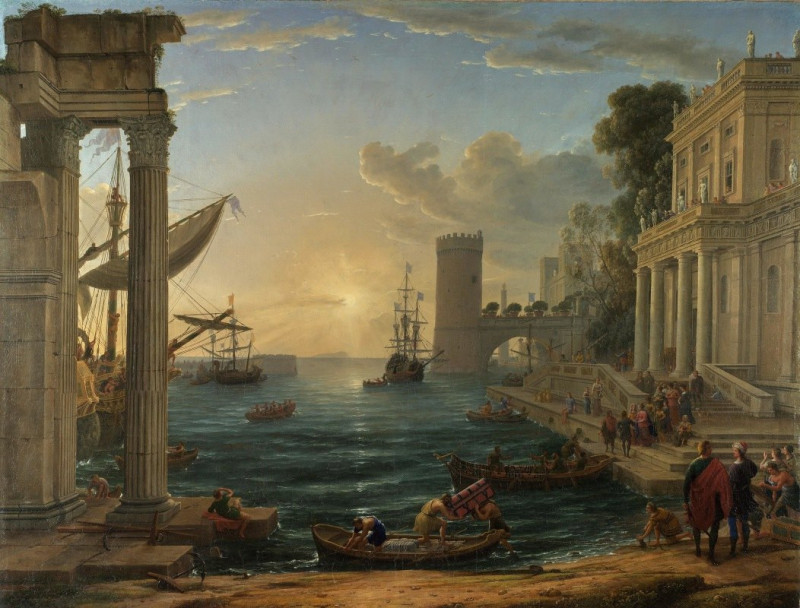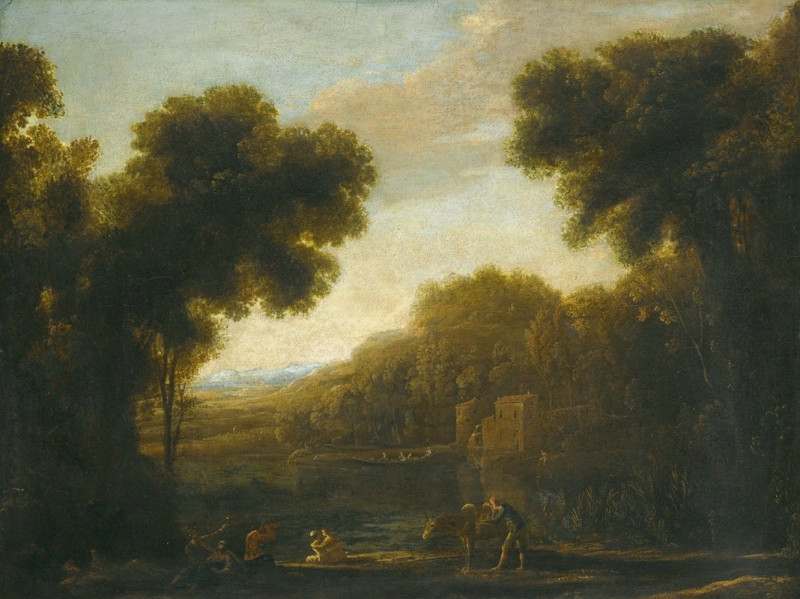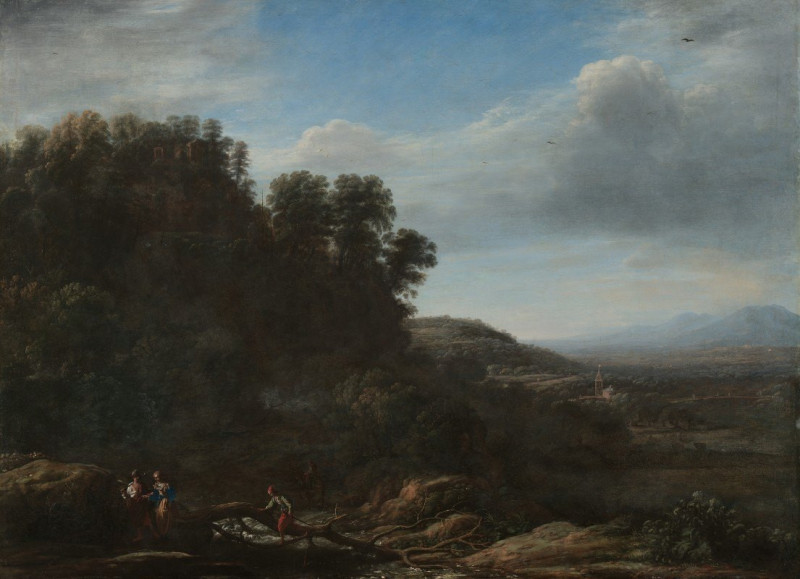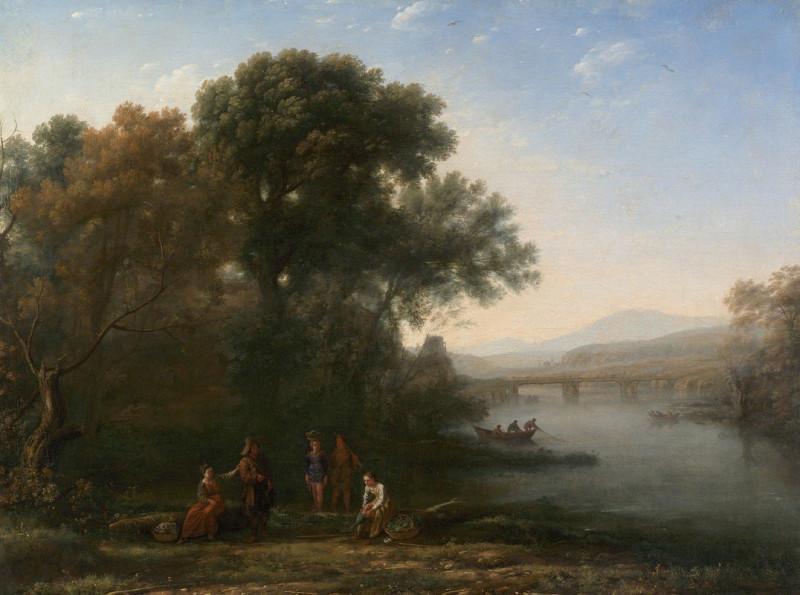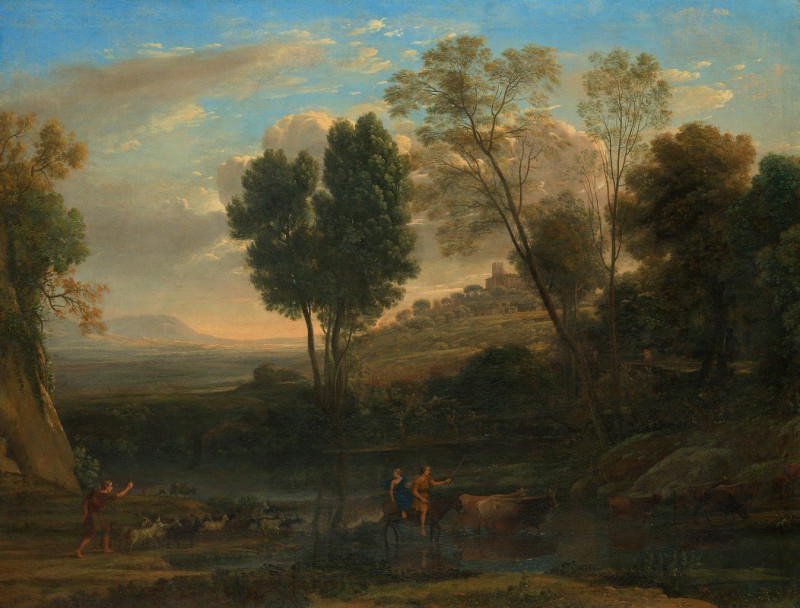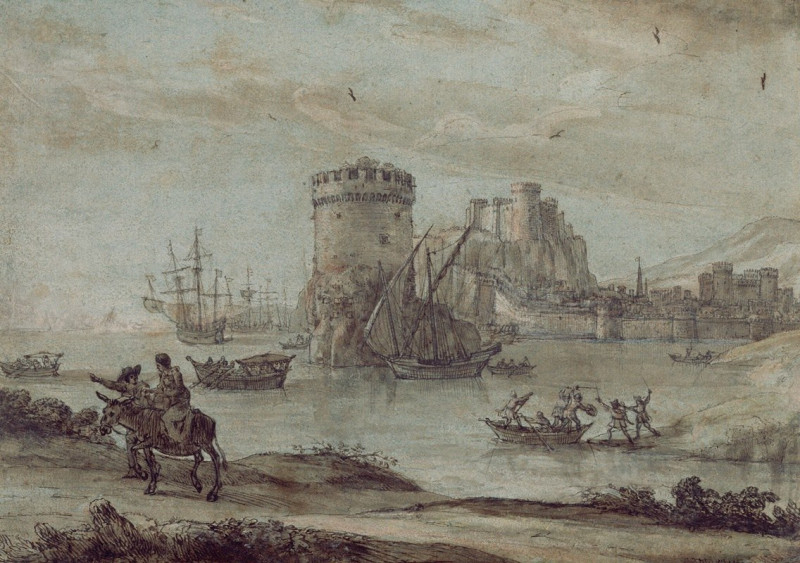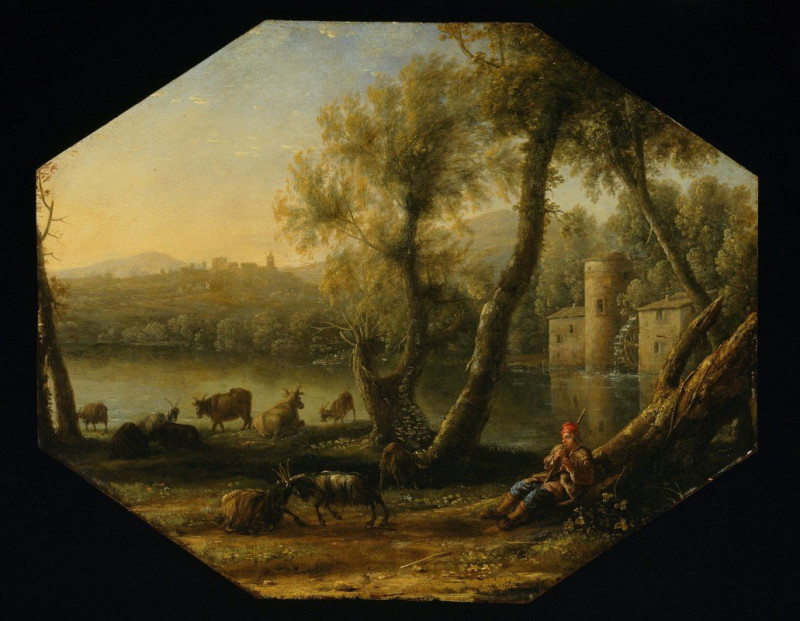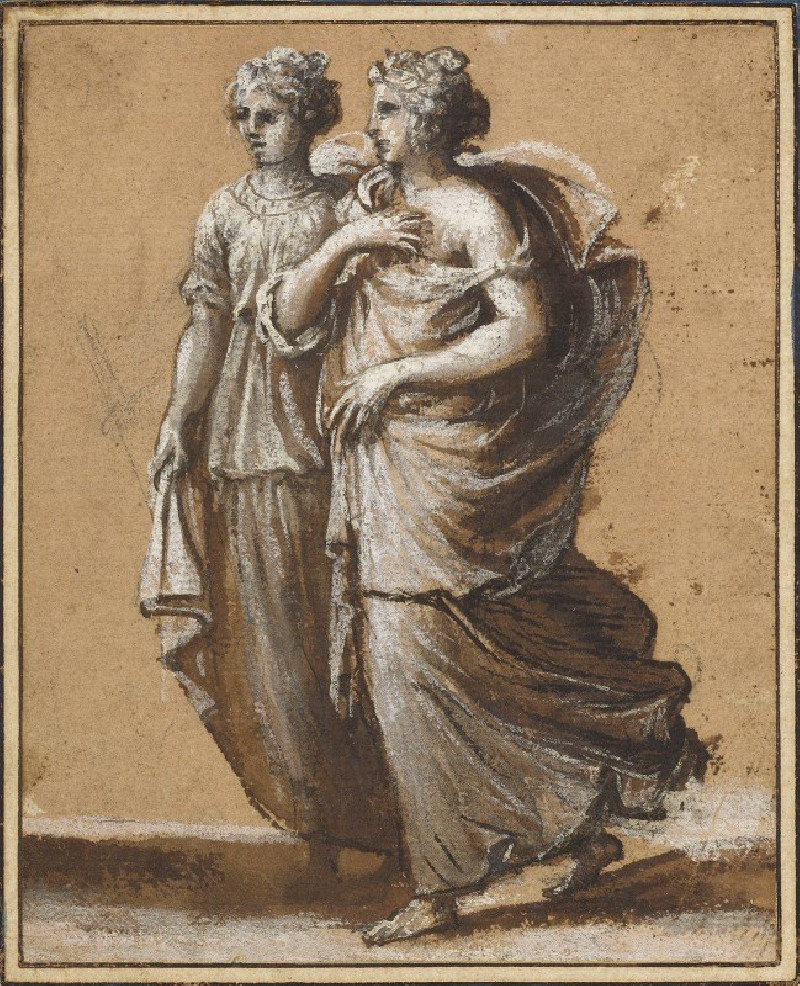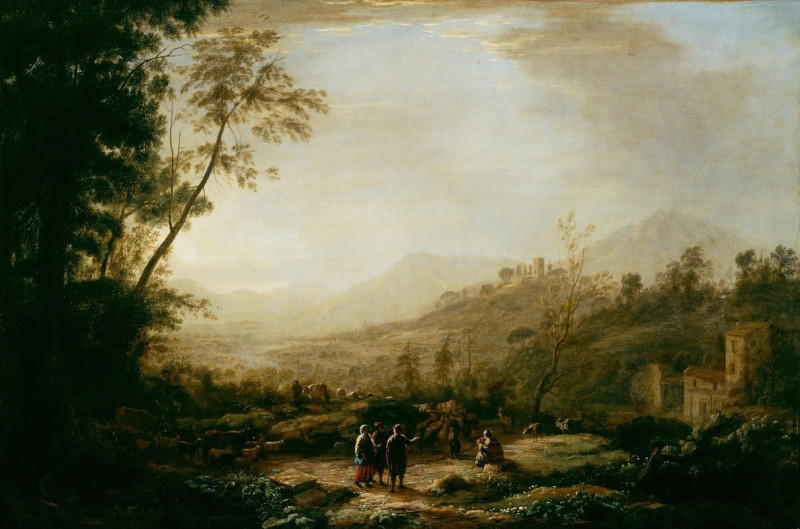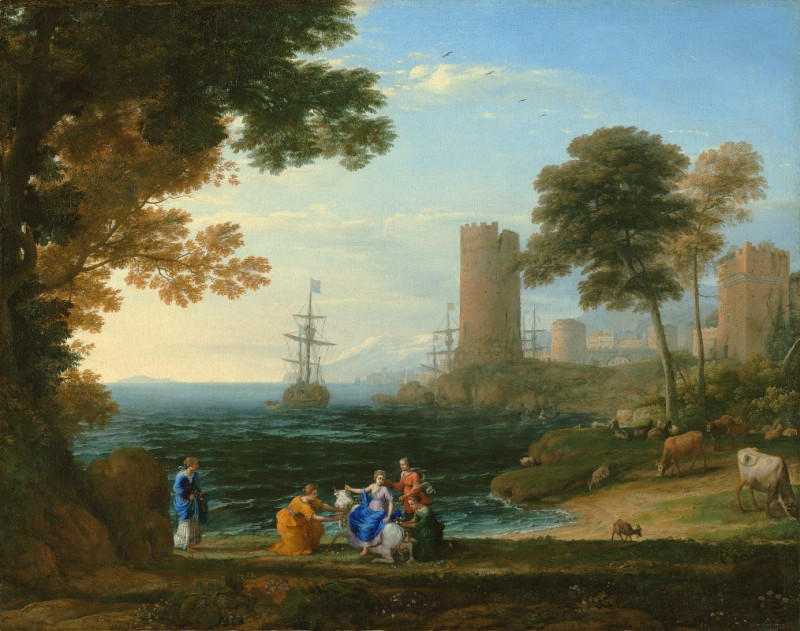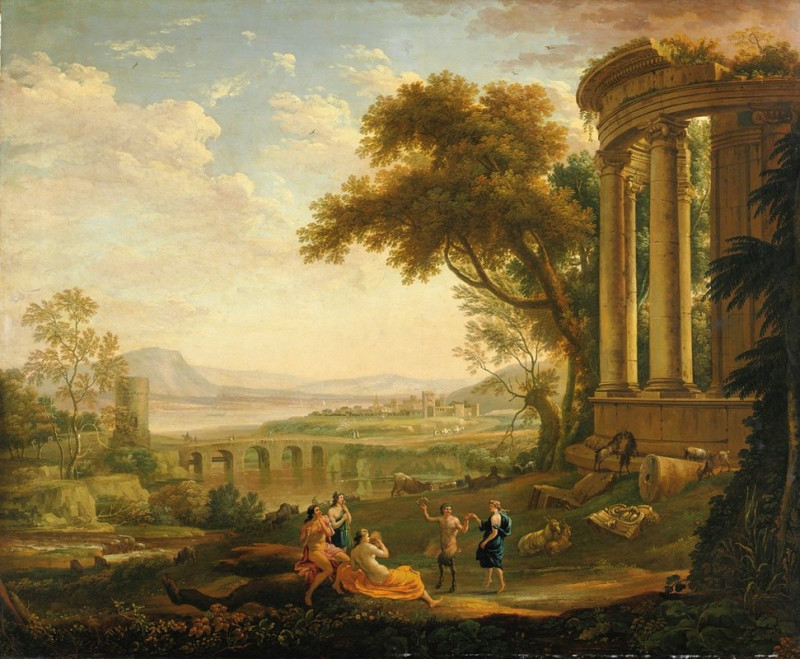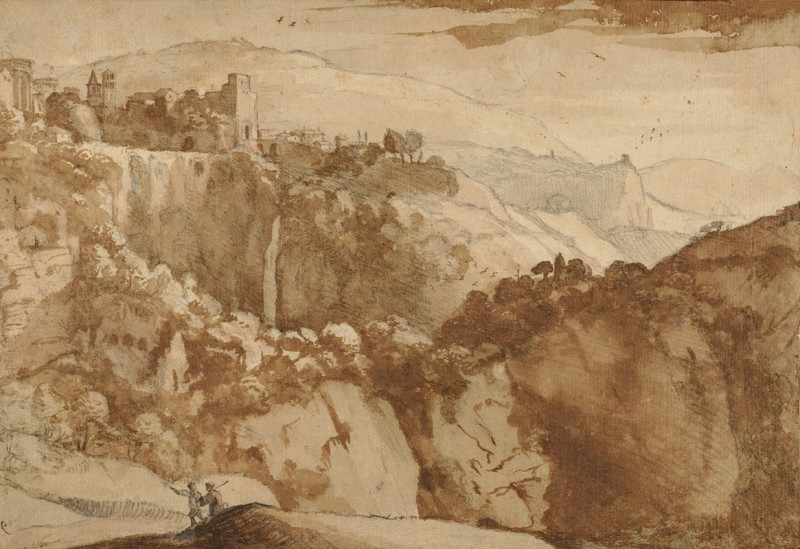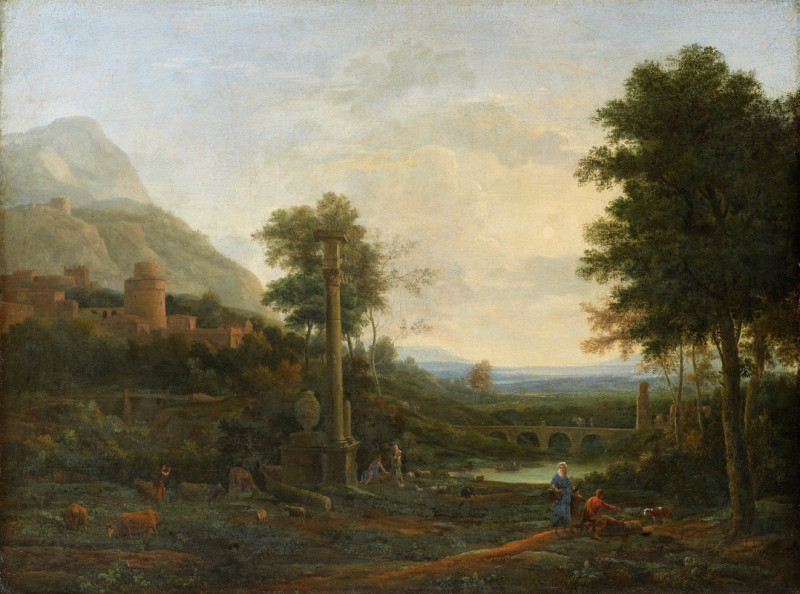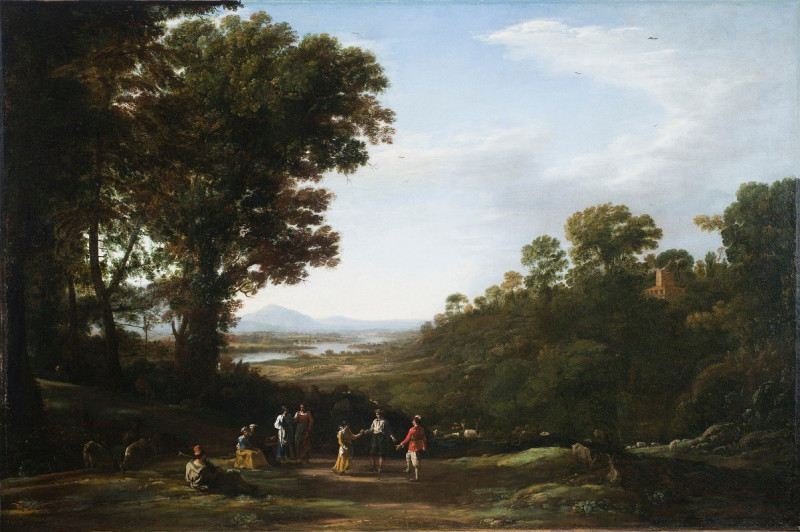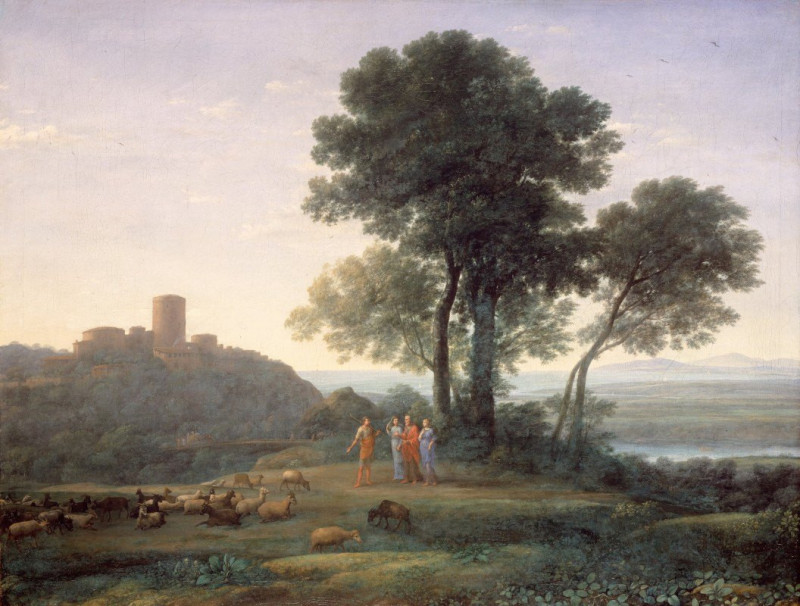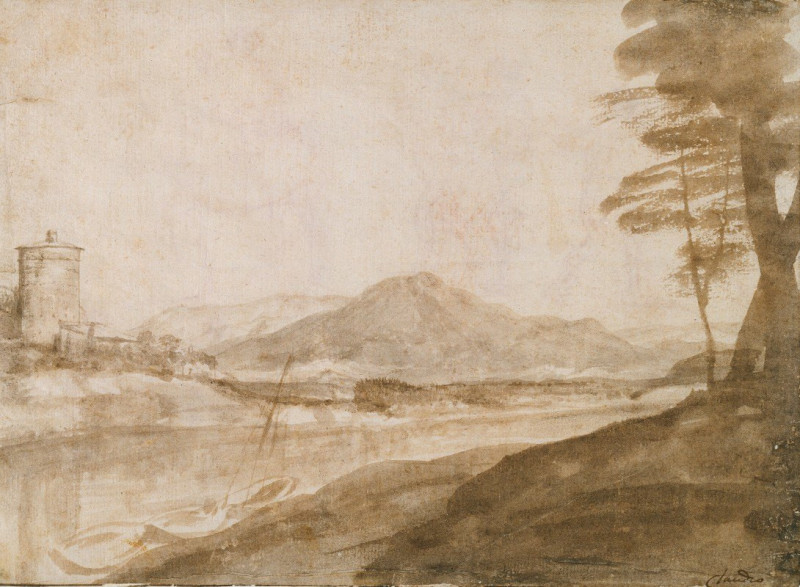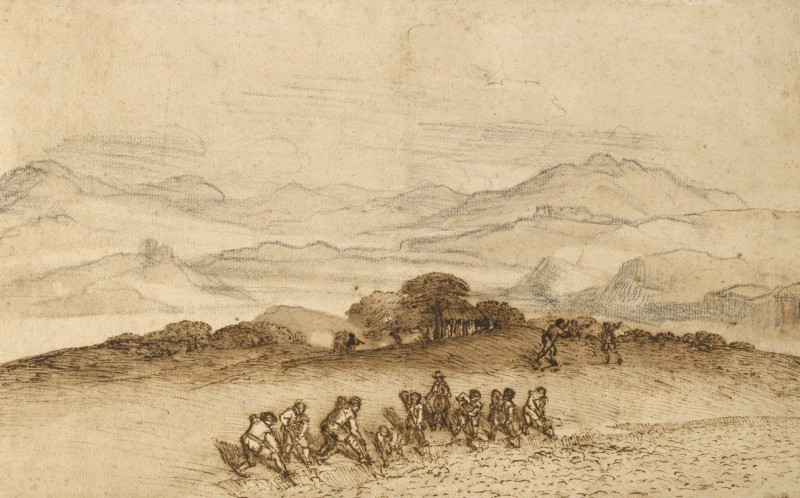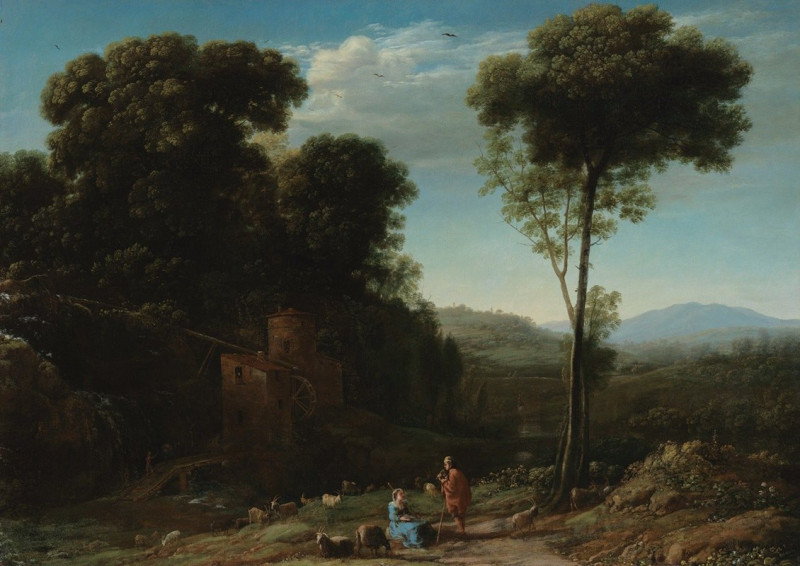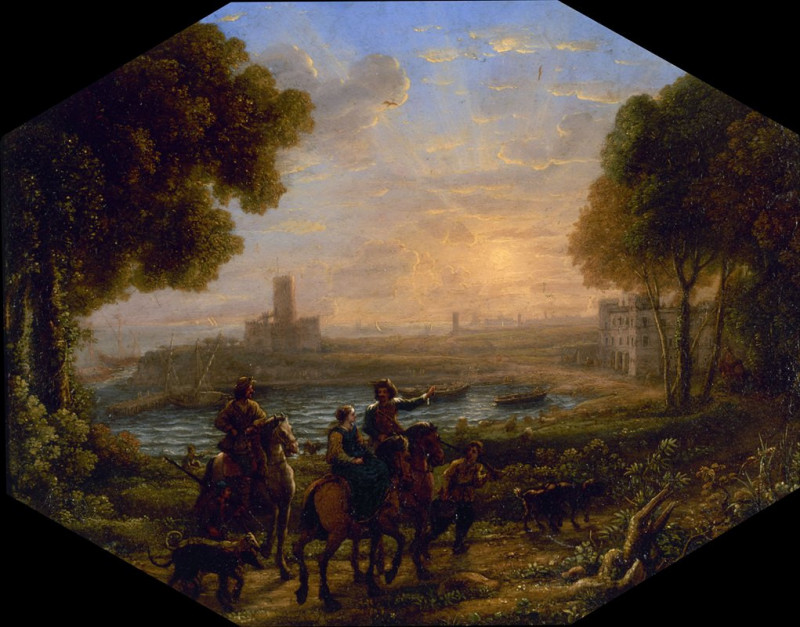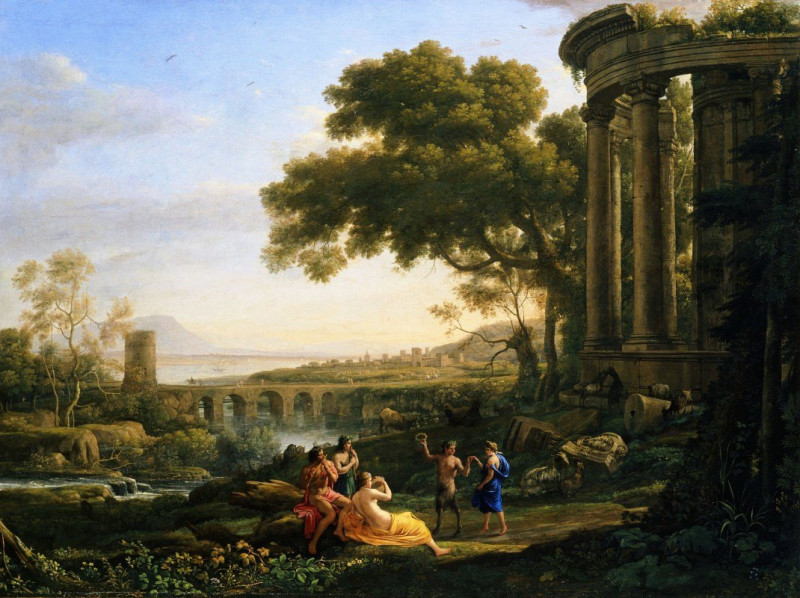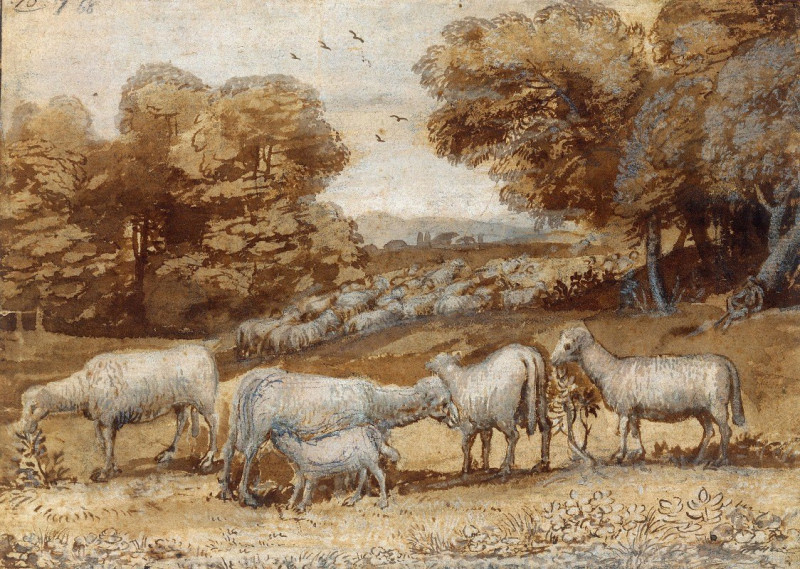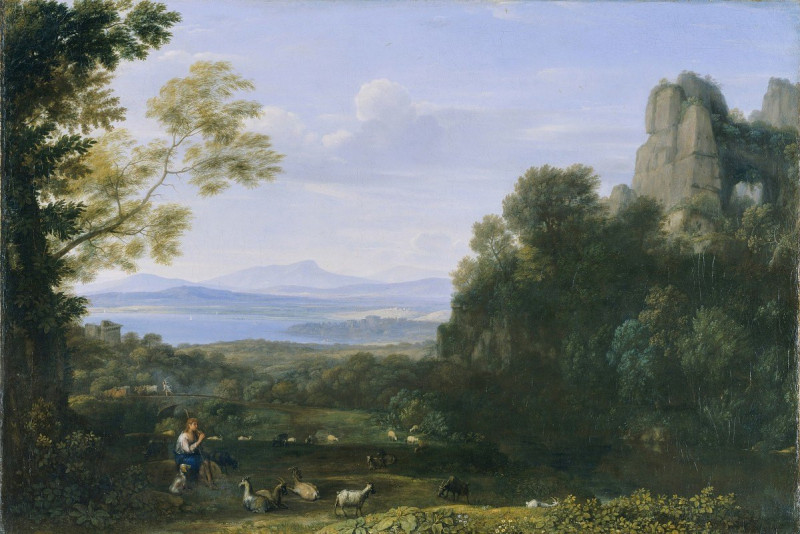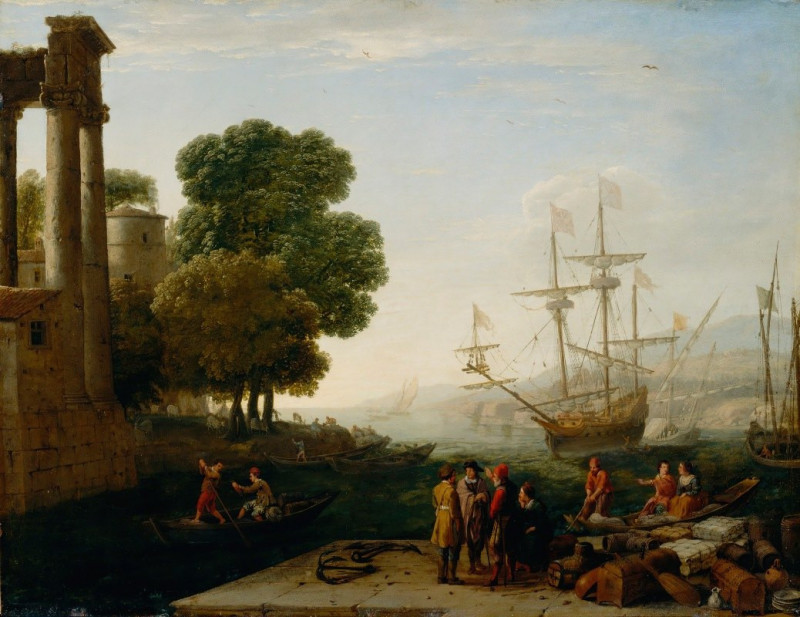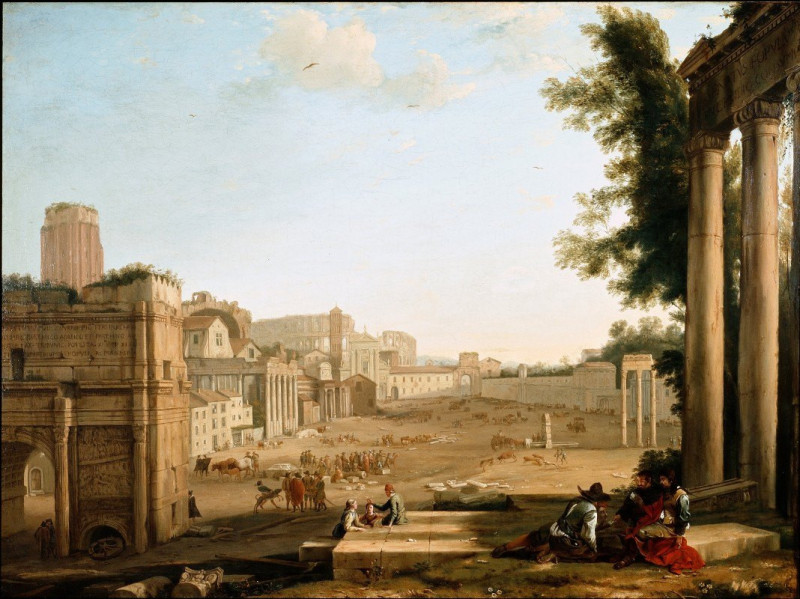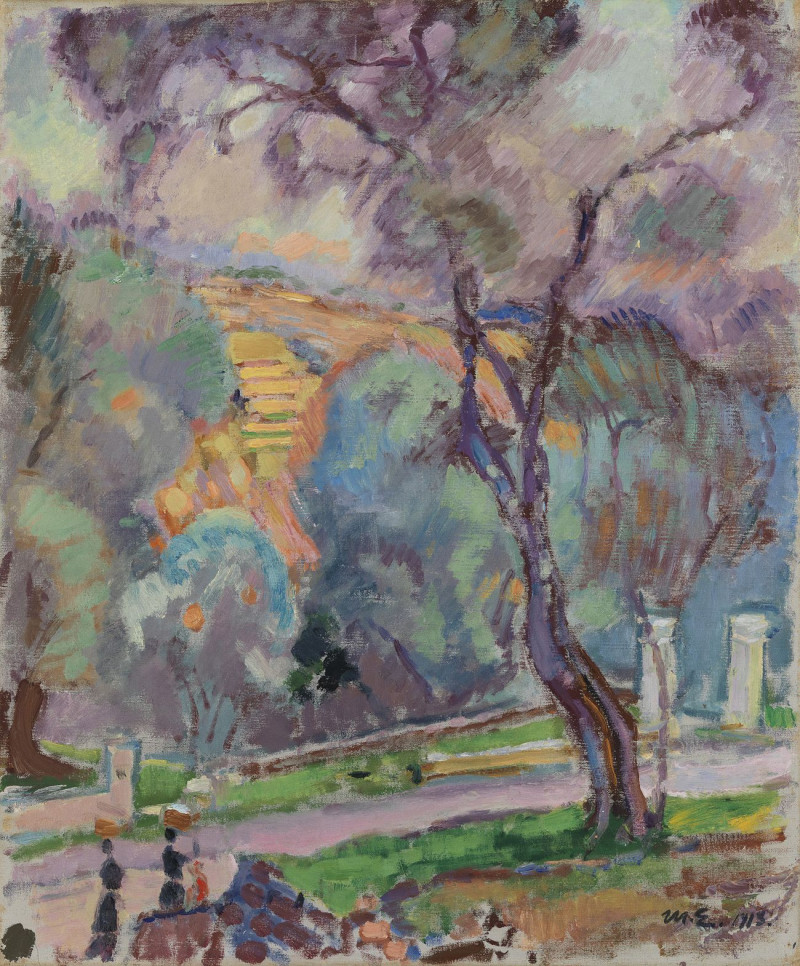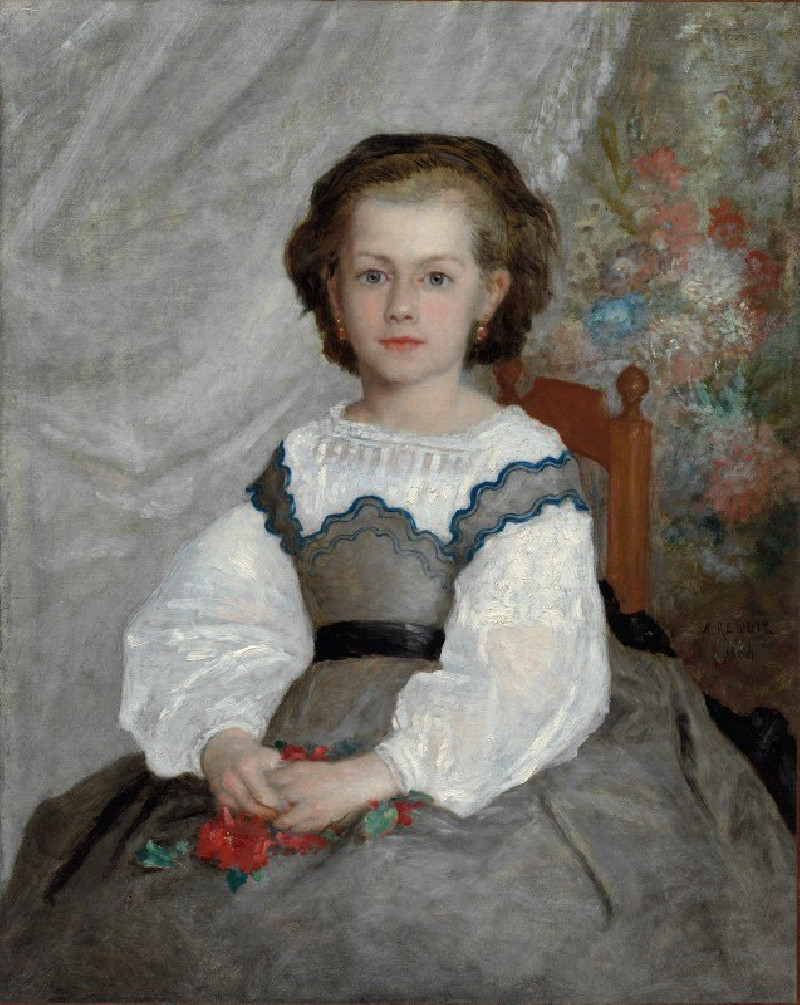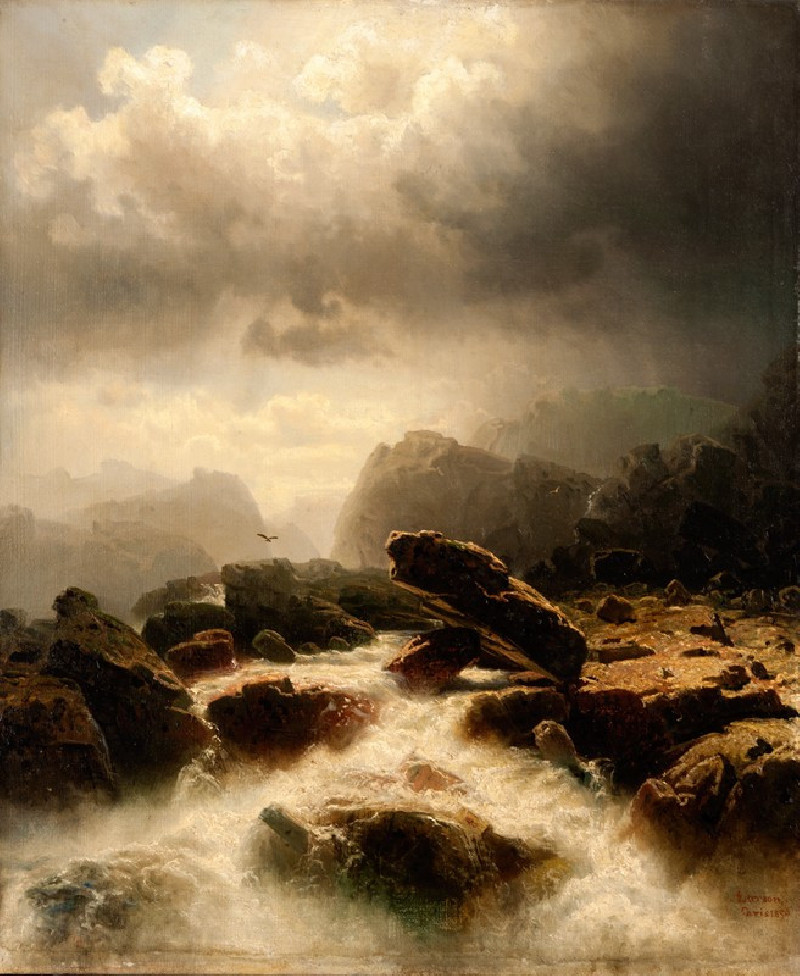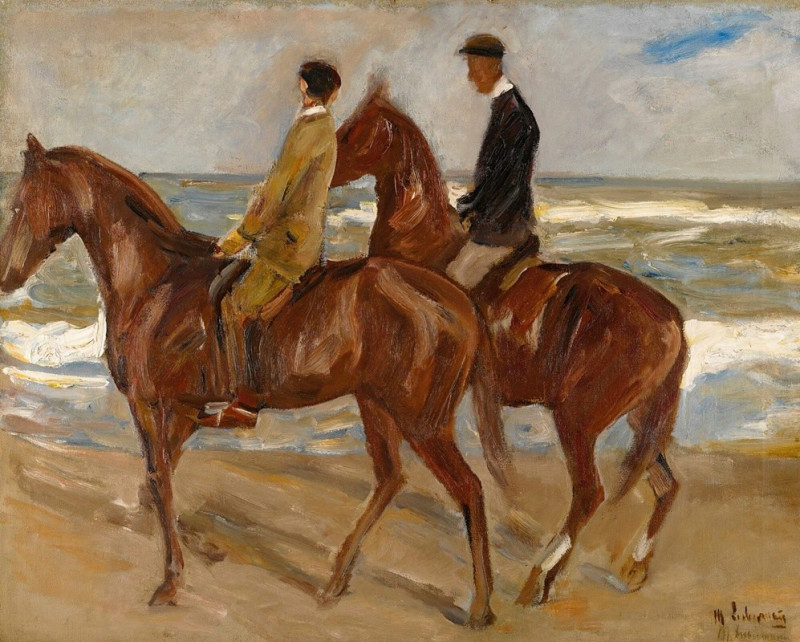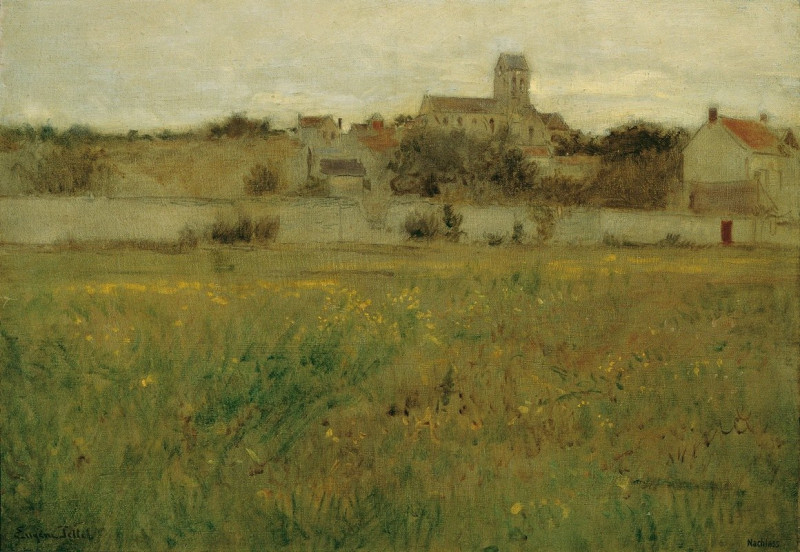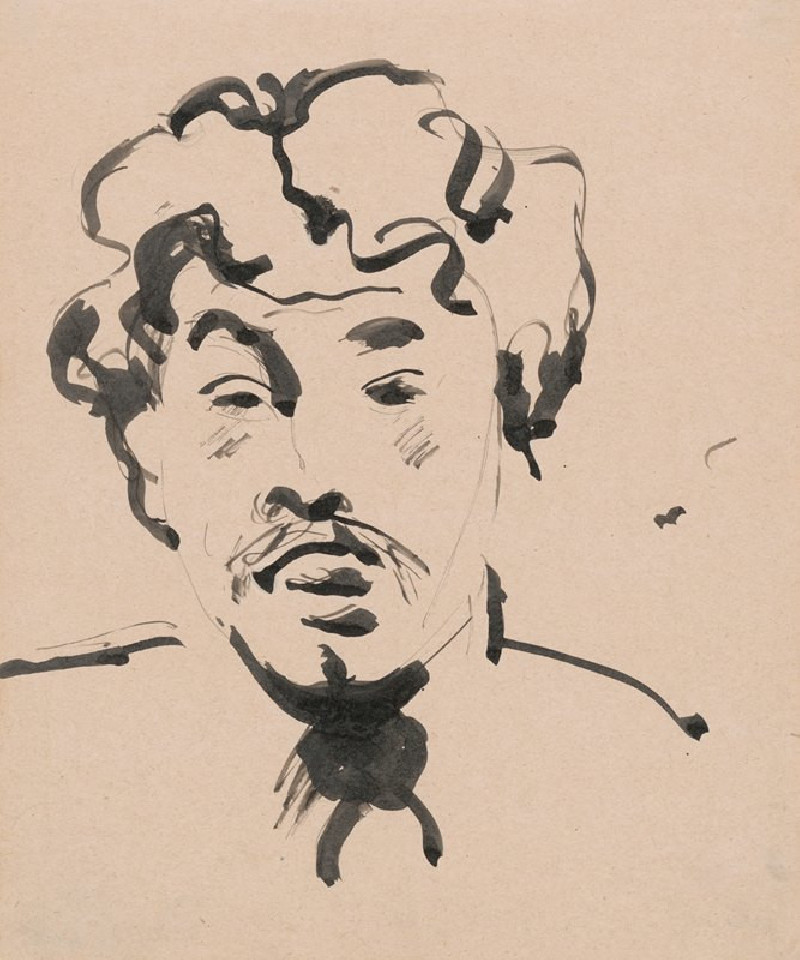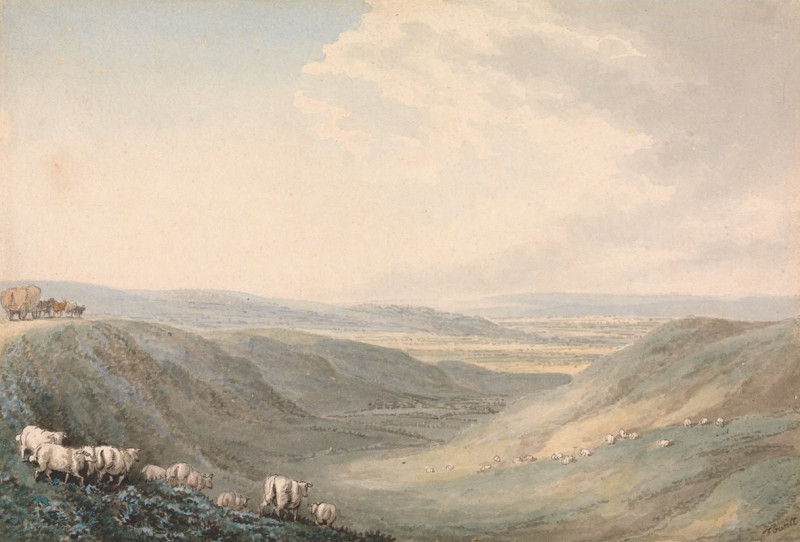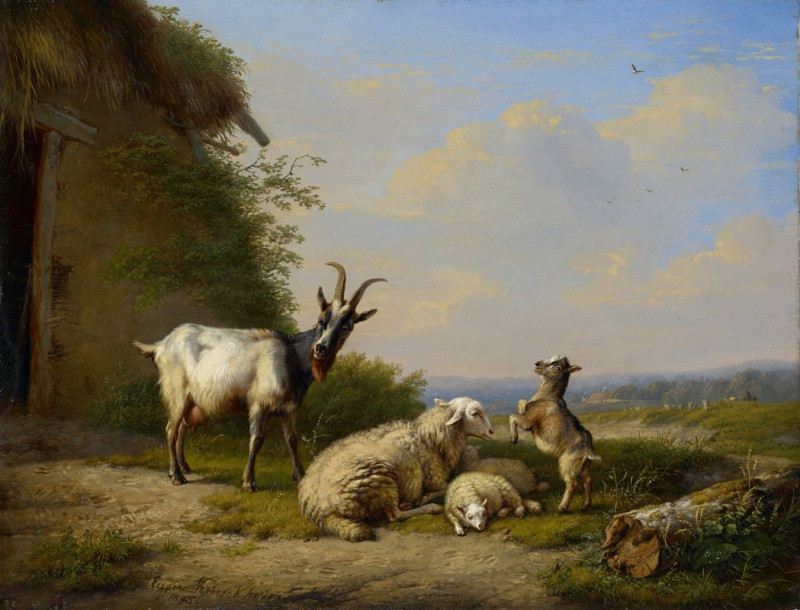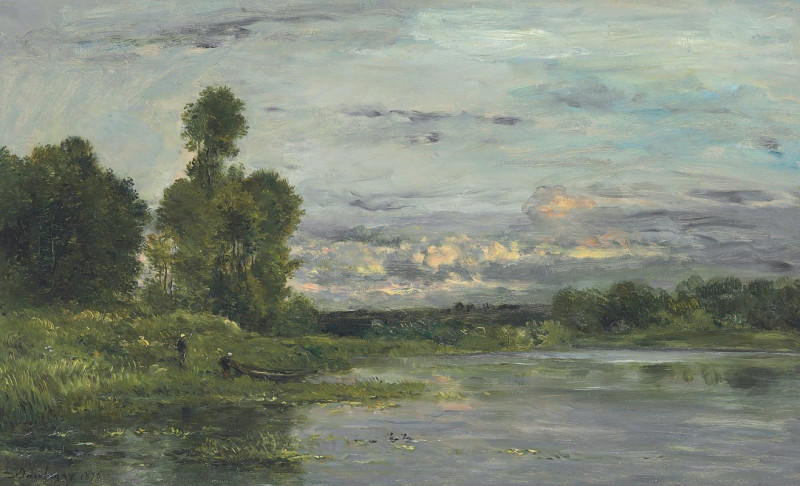The Embarkation of the Queen of Sheba (1648)
Technique: Giclée quality print
Recommended by our customers
More about this artwork
The Embarkation of the Queen of Sheba, painted in 1648 by Claude Lorrain, is a masterful demonstration of the Baroque era’s fascination with dramatic light, landscape, and historical narratives. This painting vividly captures the Biblical story of the Queen of Sheba's journey to visit King Solomon.In the work, the scene is set at dawn, with the sun casting a soft, golden glow that enhances the peaceful yet bustling port scene. Claude Lorrain incorporates classical architecture to frame the busy harbor, where the Queen of Sheba is about to depart for Jerusalem. This architecture lends an air of grandeur and timelessness to the scene, juxtaposing the transient nature of the embarkation itself.The foreground of the painting is animated with various figures engaged in diverse activities, all preparing for the imminent voyage. Men loading crates onto small boats, others rowing, and some engaged in conversation, contribute to a lively atmosphere that contrasts with the serene skyline. The central figure, presumably the Queen of Sheba, is depicted as dignified and calm, surrounded by her entourage, reflecting her status and the significance of her journey.Claude's use of color and light not only highlights the main subjects but also creates depth and perspective, guiding the viewer’s eye through the composition from the detailed activities at the shore to the expansive sea and horizon beyond. This painting is not only a depiction of an event but also a representation of an idealized, harmonious interaction between man, architecture, and nature.The Embarkation of the Queen of Sheba remains an exemplary piece showcasing Claude Lorrain’s skill in landscape painting and his ability to infuse narratives with a transcendent, timeless quality.
Delivery
Returns
Claude Lorrain (1600 – 23 November 1682) was a French painter, draughtsman and etcher of the Baroque era. He spent most of his life in Italy, and is one of the earliest important artists, apart from his contemporaries in Dutch Golden Age painting, to concentrate on landscape painting. His landscapes are usually turned into the more prestigious genre of history paintings by the addition of a few small figures, typically representing a scene from the Bible or classical mythology.

